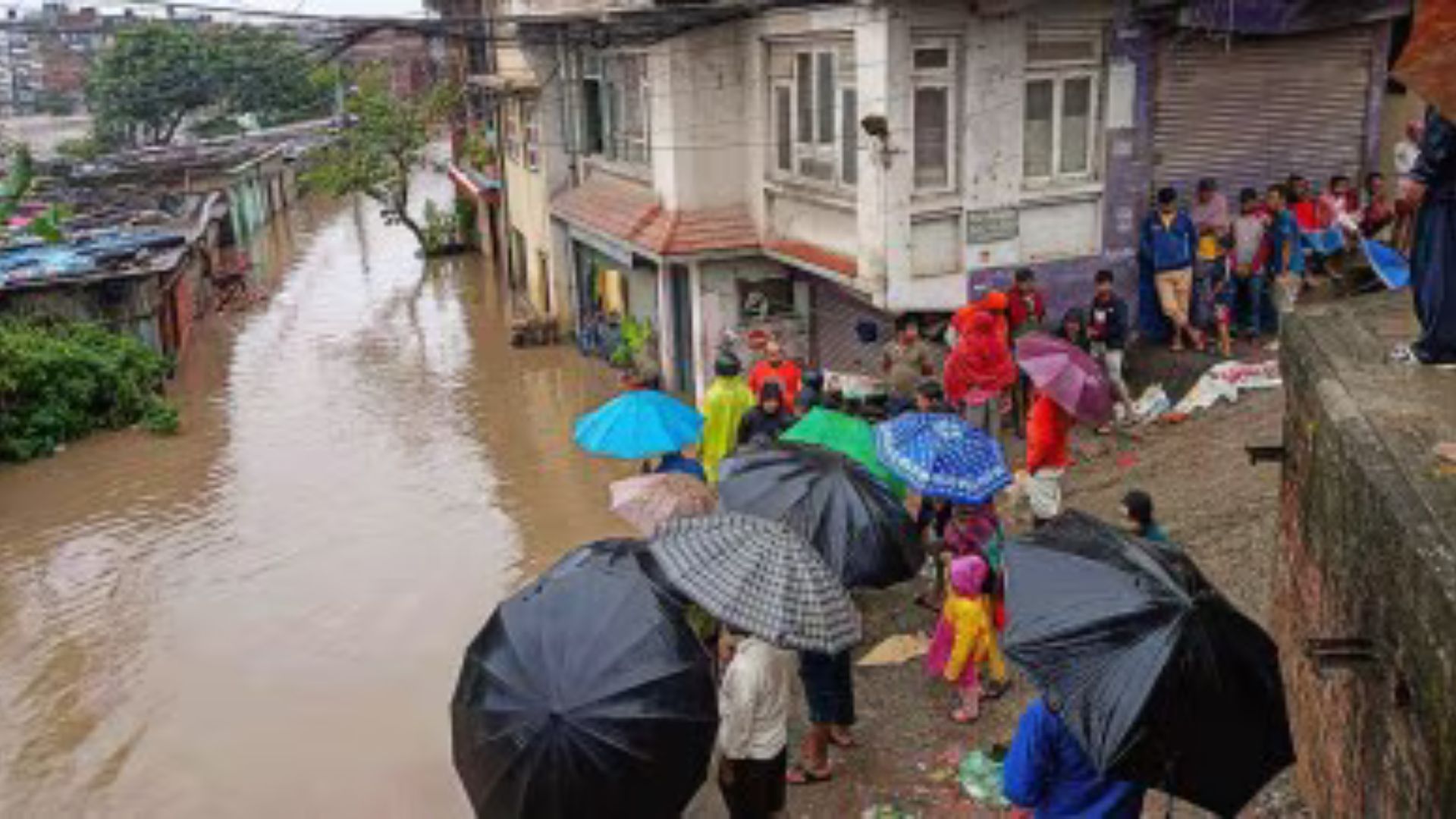
The death toll due to floods and landslides in Nepal has mounted to 151, while 56 persons are still missing, Reuters reported on Sunday. In reaction to the situation, the government closed school for three days.
Heavy flooding has been sweeping through parts of eastern and central Nepal since Friday, and flash floods continue to rage through many areas of the country. According to a report, 37 people have been killed alone in the Kathmandu Valley, and locals said that the extent of flooding and destruction was not witnessed here even in the past 40-45 years.
National highways have been cut off since Saturday. Hundreds are stranded from landslides as at least 322 homes and 16 bridges were destroyed, reports stated, prompting over 20,000 security personnel to start doing rescue work. About 3,626 persons have been rescued so far, while rescuers are still exerting efforts.
Home Ministry spokesman Rishiram Tiwari said that all resources are being utilized to unlock parts of highways currently blocked by landslides.
– A landslide buried a bus in Dhading district near Kathmandu, killing 19 on Saturday; five were killed in Bhaktapur when a house collapsed. Video footage showed police in knee-high boots clearing mud and recovering 16 bodies from two buses swept away by a landslide on a major route leading to Kathmandu.
Meteorologists have linked the heavy falls with a low-pressure system in the Bay of Bengal, that has caused torrents of rain in parts of Nepal and adjacent areas in India.
According to climate experts at ICIMOD, unruly growth and development in the country’s urban areas are letting runaway risk from climate change grow. “This is the biggest flood in the history of the Kathmandu Valley,” said Arun Bhakta Shrestha, an environmental official at the ICIMOD.
-The government and city planners have been urged by the ICIMOD to make a swift investment in infrastructure upgrade either in engineered or grey solutions, or in nature-based or green solutions, for stormwater drainage and sewage systems.
The Bagmati River in Kathmandu went dangerous following heavy rains on Friday and Saturday in eastern and central Nepal.
– Unusual positioning of the monsoon trough and the low-pressure system in the Bay of Bengal were quoted as causes for the torrential rains on Saturday.
– Water levels in the Koshi River in southeastern Nepal begin to recede, but the river had flown at nearly three times its normal capacity previously, increasing flood risks in Bihar.
– Scientists claim that the climate is changing with their rain patterns in Asia, and uncontrolled constructions, especially on floodplains, constitute one of the factors of the heightened impact of floods because it does not allow necessary space for water drainage and retention.
– The flooding and sliding down of parts have resulted in mass inconveniences mainly because it has destroyed highways, homes, and bridges, and displaced thousands of families. Thousands of travelers on various routes in the country are stuck due to blocked roads.















